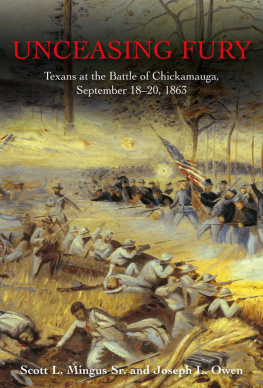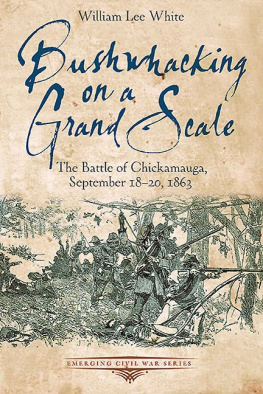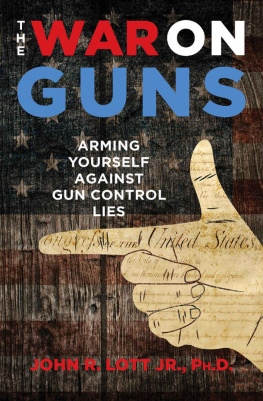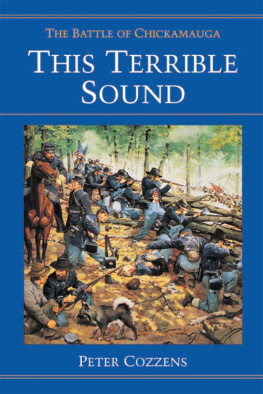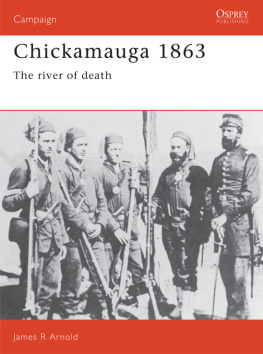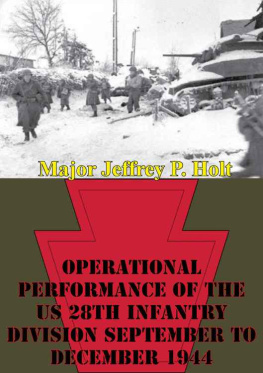This edition is published by PICKLE PARTNERS PUBLISHINGwww.picklepartnerspublishing.com
To join our mailing list for new titles or for issues with our books picklepublishing@gmail.com
Or on Facebook
Text originally published in 1996 under the same title.
Pickle Partners Publishing 2014, all rights reserved. No part of this publication may be reproduced, stored in a retrieval system or transmitted by any means, electrical, mechanical or otherwise without the written permission of the copyright holder.
Publishers Note
Although in most cases we have retained the Authors original spelling and grammar to authentically reproduce the work of the Author and the original intent of such material, some additional notes and clarifications have been added for the modern readers benefit.
We have also made every effort to include all maps and illustrations of the original edition the limitations of formatting do not allow of including larger maps, we will upload as many of these maps as possible.
Van Cleve at Chickamauga: The Study of a Division's Performance in Battle.
by
MAJ ROBERT P. LOTT, JR., USA.
TABLE OF CONTENTS
Contents
TABLE OF CONTENTS
LIST OF ILLUSTRATIONS
ABSTRACT
ACKNOWLEDGMENTS
PREFACE
CHAPTER 1 INTRODUCTION
Definitions
Limitations
Delimitations
CHAPTER 2 VAN CLEVE AND HIS STAFF
The Staff of the 3rd Division
Captain E. A. Otis Assistant Adjutant General
Captain Carter B. Harrison Division Inspector
Lieutenant Henry M. Williams Aide-de-Camp
Captain Lucius H. Drury Chief of Artillery
Major Samuel D. Turney Medical Director
Captain Charles A. Sheafe Provost Marshall
Lieutenant Edward Knoble Aide-de-camp
Lieutenant W. H. H. Sheets Ordnance officer
Captain T. Forrest Murdoch Aide-de-Camp
CHAPTER 3 THE COMMANDERS AND REGIMENTS OF THE 3rd DIVISION
The Commanders and Regiments of the 1st Brigade, 3rd Division
Commander, 1st Brigade, 3rd Division Brigadier General Samuel Beatty
17th Kentucky Infantry Regiment Colonel Alexander M. Stout
19th Ohio Volunteer Infantry Lieutenant-Colonel Henry G. Stratton
79th Indiana Volunteer Infantry Regiment Colonel Fred Knefler
The Commander and Regiments of the 2nd Brigade, 3rd Division
Commander, 2nd Brigade, 3rd Division Colonel George Frederick Dick
13th Regiment Ohio Volunteer Infantry Lieutenant-Colonel Elhannon M. Mast And captain H. G. Cosgrove
44th Regiment Indiana Volunteers Colonel Simeon C. Aldrich
59th Ohio Volunteer Infantry Lieutenant-Colonel Granville A. Frambes
86th Regiment Indiana Volunteers Major Jacob C. Dick
Captain George R. Swallow
The Commander and Regiments of the 3rd Brigade, 3rd Division
Commander, 3rd Brigade, 3rd Division Colonel Sidney M. Barnes
21st Kentucky Volunteer Infantry Colonel S. W. Price
35th Regiment (1st Irish) Indiana Volunteers Major John P. Dufficy
51st Regiment Ohio Volunteer Infantry Colonel Richard W. McClain and Lieutenant Charles H. Wood
99th Ohio Volunteer Infantry Colonel Peter T. Swaine
3rd Wisconsin Battery First Lieutenant Cortland Livingston
Summary of the 3rd Division Units
CHAPTER 4 THE EXPERIENCES OF THE DIVISION BEFORE CHICKAMAUGA
CHAPTER 5 BROTHERTON FIELD: 19 SEPTEMBER 1863
CHAPTER 6 DYER FIELD: 20 SEPTEMBER 1863
CHAPTER 7 ANALYSIS AND CONCLUSIONS
ILLUSTRATIONS
1. 3rd DIVISION ORGANIZATIONAL CHART
2. STONES RIVER. 31 DECEMBER 1862
3. STONES RIVER. 2 JANUARY 1863
4. 3rd DIVISION FROM MCMINNVILLE TO CHICKAMAUGA
5. OVERVIEW OF CHICKAMAUGA
6. VAN CLEVE STEPS OFF AT BROTHERTON FIELD
7. VAN CLEVE VS. CLAYTON.
8. VAN CLEVE VS. BROWN.
9. VAN CLEVE VS. BATE
10. VAN CLEVE JUST PRIOR TO THE CONFEDERATE BREAKTHROUGH
BIBLIOGRAPHY
Diaries. Letters. Personal papers
Government Documents
Published Books and Articles
ABSTRACT
BRIGADIER GENERAL HORATIO P. VAN CLEVE AT CHICKAMAUGA: THE STUDY OF A DIVISIONS PERFORMANCE IN BATTLE by MAJ Robert P. Lott, Jr., USA.
This thesis is an analysis of General Van Cleve and his division to determine the proximate causes for their failure to withstand the brutal test of combat throughout the two-day battle.
The thesis begins with a discussion of the importance of the study of war in order to draw out lessons which are still pertinent to today's officer. The thesis then briefly describes the weapons, tactics, organization, and staff available to a division commander during the American Civil War. The thesis continues with an examination of the backgrounds and combat experiences of Brigadier General Van Cleve, his staff, and his brigade and regimental commanders. The backgrounds and combat experiences of the regiments which comprised the division are also evaluated. Thereafter, the thesis analyzes the performance of General Van Cleve and his division beginning with their first combat action at the Battle of Stones River and culminates with an in-depth study of the division's performance at Chickamauga.
The fog of war impacted negatively on Van Cleve's ability to control his men, yet his own personal shortcomings ultimately doomed the division to failure.
ACKNOWLEDGMENTS
This thesis would not have been written without the assistance and support of my family. My wife Leslie voluntarily became my typist, grammar and spelling checker, mapmaker, and accountant. Without her indispensable help, any quality this thesis might attain would be significantly less. My children, Travis and Brantley, suffered through numerous nights and weekends without their Dad, knowing their quiet understanding was truly appreciated. I must also acknowledge the support of my father, Robert Lott, Sr., who became as interested in this paper as I did and happily contributed many hours researching topics and proofreading drafts. Finally, I thank my MMAS Committee, Dr. Robertson, Major Bassett, and Major DAlessandro, who provided the necessary direction, guidance, and motivation to see me through this endeavor.
To a much greater degree, I would like to acknowledge the actual participants of the Battle of Chickamauga. Raised in the finest of Southern traditions, I had very little appreciation for the qualities of the officers and men who fought for the other side. I am now struck by the phenomenal hardships and hazards the men endured to fight for a cause that could, and often did, cost them their very lives. The tremendous courage and dedication to duty exhibited by men in both armies was truly astounding.




